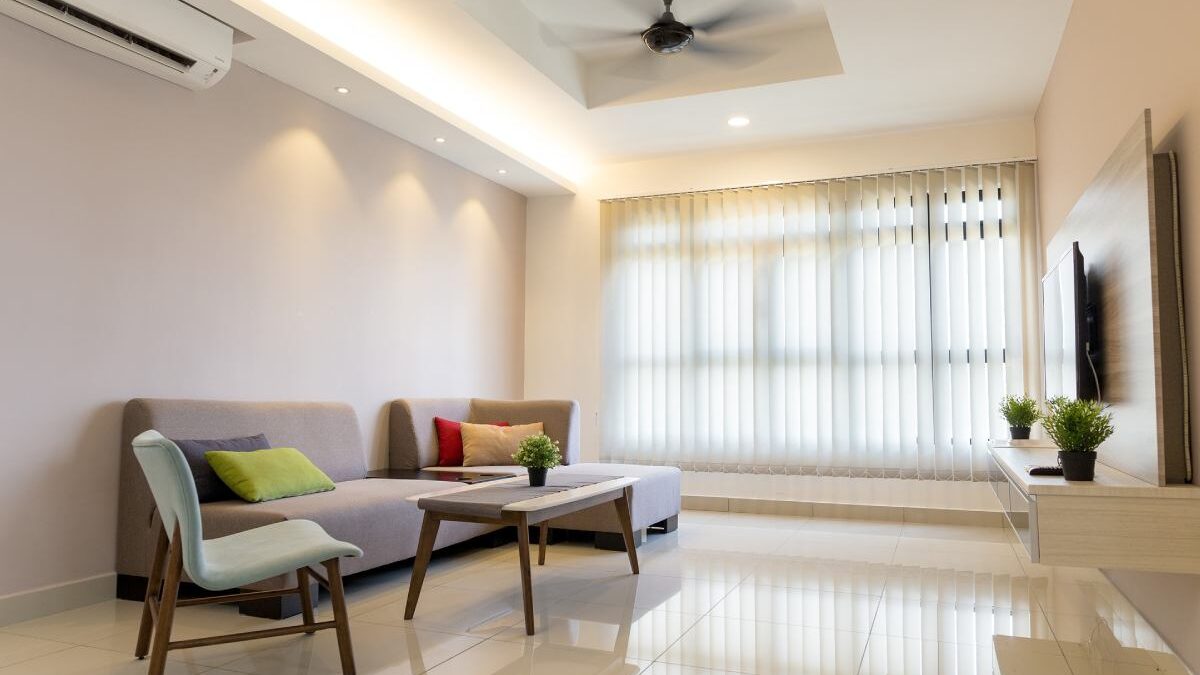Did you know that your indoor air quality can be 10 times worse than the outdoors? Dust, debris, gas leaks, pet dander, and other contaminants often compromise your home’s air quality, making you vulnerable to severe health complications such as asthma, damaged lungs, or even death. Read on for five ways to improve indoor air quality to protect yourself.
Table of Contents
Clean or change the HVAC filter
HVAC systems are crucial to maintaining ideal temperatures in your home. They are also fitted with air filters that prevent dust, debris, dirt, and other airborne pollutants from being recirculated. Eventually, the dirt and debris accumulate in the HVAC filters, and they stop doing their job. This does not only compromise indoor air quality. It also makes the system work harder to maintain optimal temperatures, increasing energy bills.
A dirty filter also wears down the air conditioning system necessitating expensive repairs. Consider cleaning the filters regularly using warm soapy water. Alternatively, invest in an air conditioning service plan that includes filter replacement, more so when you reside in an area with high pollution levels or if you are allergic.
Reconsider the paint
Adding a fresh coat of paint to your home’s interiors and exteriors is an excellent way to spruce up the space. However, do not only focus on the color when paint shopping. Be sure to check the paint’s ingredients to ascertain that they are non-toxic. Avoid paints that contain plastic as it creates a barrier that traps air on your walls. This leads to the development of mold. You should also avoid petrochemicals derived from oil, ammonia, acrylics, and formaldehyde, as they can compromise your indoor air quality. Instead, prioritize paints low in VOC and those that do not give away a fresh paint smell.
Purchase an air purifier
An effective way to keep the air cleaner if you have multiple pets or when highly allergic to indoor allergens is by investing in an air purifier. Air purifiers trap and remove pollutants from your home by drawing in the polluted air and filtering it before releasing it back into the house, which is much fresher and cleaner. Some air purifying machines even release negative ions that help in neutralizing airborne bacteria and viruses. To increase the rate at which the system filters the air in your home, be sure to purchase an air purifier with the highest clean air delivery rate (CADR). You could also look for an air filter with a fan, if your budget allows it, to ensure that clean, fresh air is circulated throughout your space.
Keep your home clean
A clean home is a healthy home. Maintaining excellent indoor hygiene eliminates mold, pet dander, dust, and mold, which compromise the air quality. Be sure to:
- Vacuum regularly while paying more attention to areas with rugs and carpets as they often harbor allergens
- Declutter the home to avoid trapping dust
- Clean drapes, beddings, and other household items that attract allergens
- Eliminate indoor plants as they often foster the growth of mold
You should invest in a good, powerful vacuum cleaner to help eliminate the dirt that can get caught. Likewise, with decluttering, you should consider hiring one of these Waste Removal USA Roll off Dumpsters to efficiently remove items or appliances that are just gathering dust. Taking the time to do a deep clean is important, and then keeping on top of the smaller cleaning jobs will help keep your environment clean and healthy.
Open windows
One of the most inexpensive and easy ways to enhance indoor air quality is keeping the windows open. This lets fresh air in and eliminates foul odor. It also reduces humidity that provides favorable conditions for dust mites to survive. With that being said, ensure that you switch off the AC before opening windows to avoid incurring more energy costs.
Endnote
Keeping the indoor air pure and breathable is crucial to maintaining a healthy and comfortable home. Implement the above strategies for cleaner and fresher indoor air.

